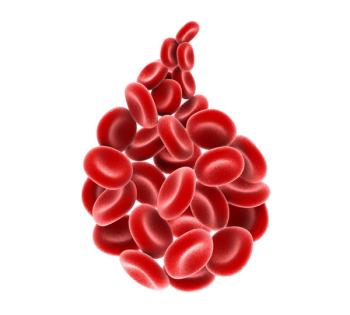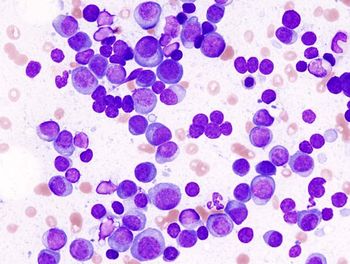
Episode 7: Sharpening the Prostate Cancer Toolkit: Practical Insights on PSMA Imaging
Manojkumar Bupathi, MD, MS; Benjamin Garmezy, MD; Mike Lattanzi, MD, and x Damian N. Sorce, MD discuss how the practical applications of PSMA PET imaging, risk stratification, and evolving treatment strategies for advanced prostate cancer.
The latest Oncology Decoded episode featured leading oncology experts discussing the revolutionary impact of prostate-specific membrane antigen (PSMA) PET imaging on advanced prostate cancer treatment. Distinguished panelists including Manojkumar Bupathi, MD, MS, Benjamin Garmezy, MD specializing in genitourinary research, Mike Lattanzi, MD from Texas Oncology, and urologist Damian N. Sorce, MD explored how PSMA imaging has evolved from theoretical promise to practical clinical cornerstone. Their discussion emphasized the critical role of PSMA PET scans in managing biochemical recurrence, a challenging clinical scenario that requires precise diagnostic tools and treatment strategies.
PSMA imaging demonstrates superior diagnostic capabilities compared to conventional imaging methods, particularly in detecting early metastatic disease during biochemical recurrence after primary prostate cancer treatment. The experts highlighted PSMA PET's enhanced sensitivity and specificity in identifying bone lesions and lymph node involvement, enabling more accurate disease staging and treatment planning. This advanced imaging modality integrates seamlessly with established therapies including androgen deprivation therapy (ADT) and radiation therapy, allowing clinicians to optimize treatment timing and extent. The identification of oligometastatic disease through PSMA PET specifically guides targeted interventions such as stereotactic body radiation therapy (SBRT) combined with systemic treatments, representing a shift toward precision oncology approaches.
Effective risk stratification emerges as PSMA imaging's most significant clinical advantage, enabling oncologists to distinguish between patients with localized recurrence suitable for salvage therapy and those requiring systemic intervention for widespread disease. This enhanced risk assessment prevents both overtreatment in low-risk cases and delays in aggressive therapy for high-risk patients. The panel emphasized that successful PSMA implementation requires robust multidisciplinary collaboration between urologists and oncologists to interpret imaging results accurately and develop comprehensive treatment strategies. This coordinated approach ensures optimal patient outcomes in advanced prostate cancer management while maximizing the clinical utility of PSMA PET technology.
Newsletter
Stay up to date on recent advances in the multidisciplinary approach to cancer.

















































































